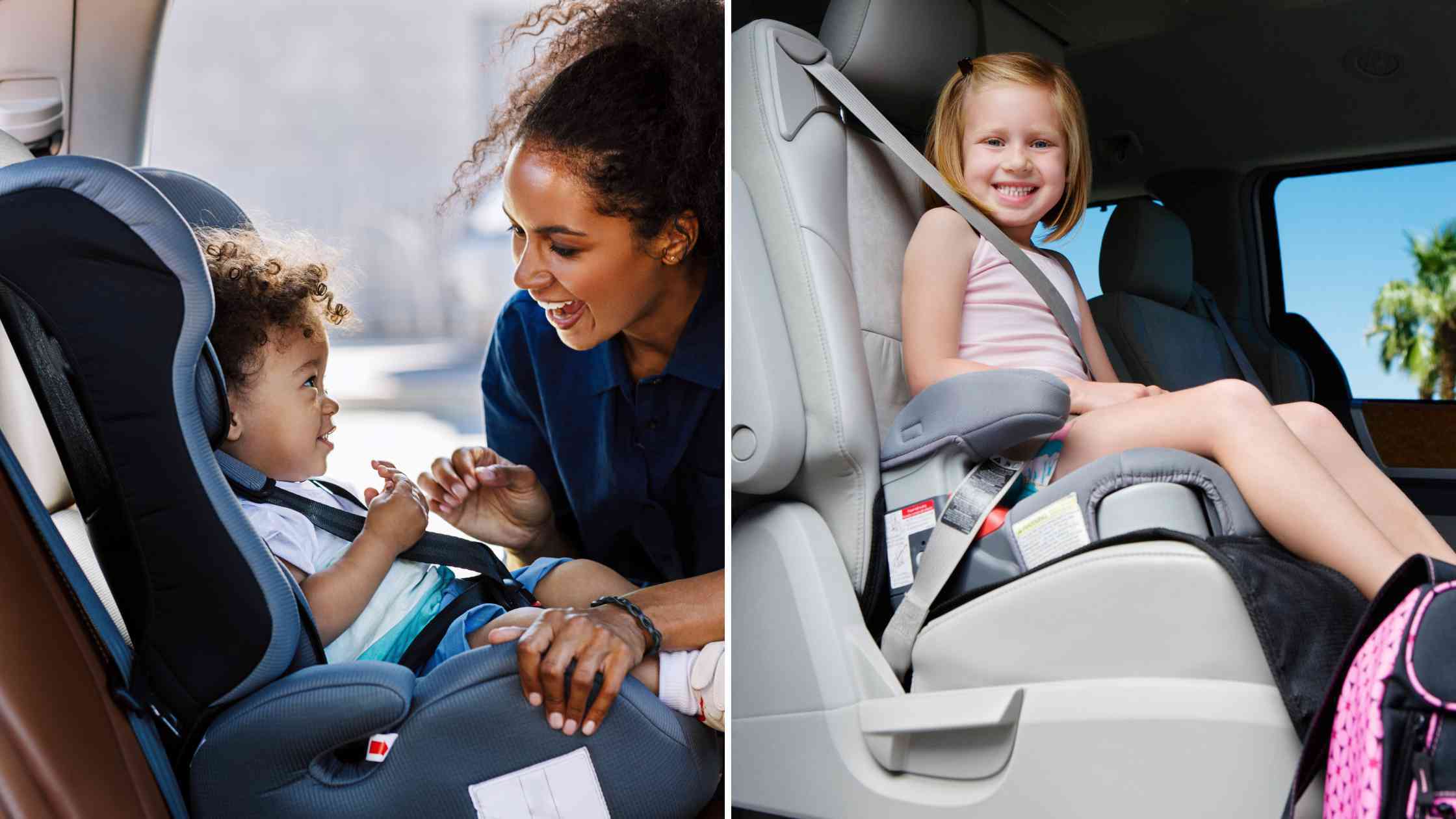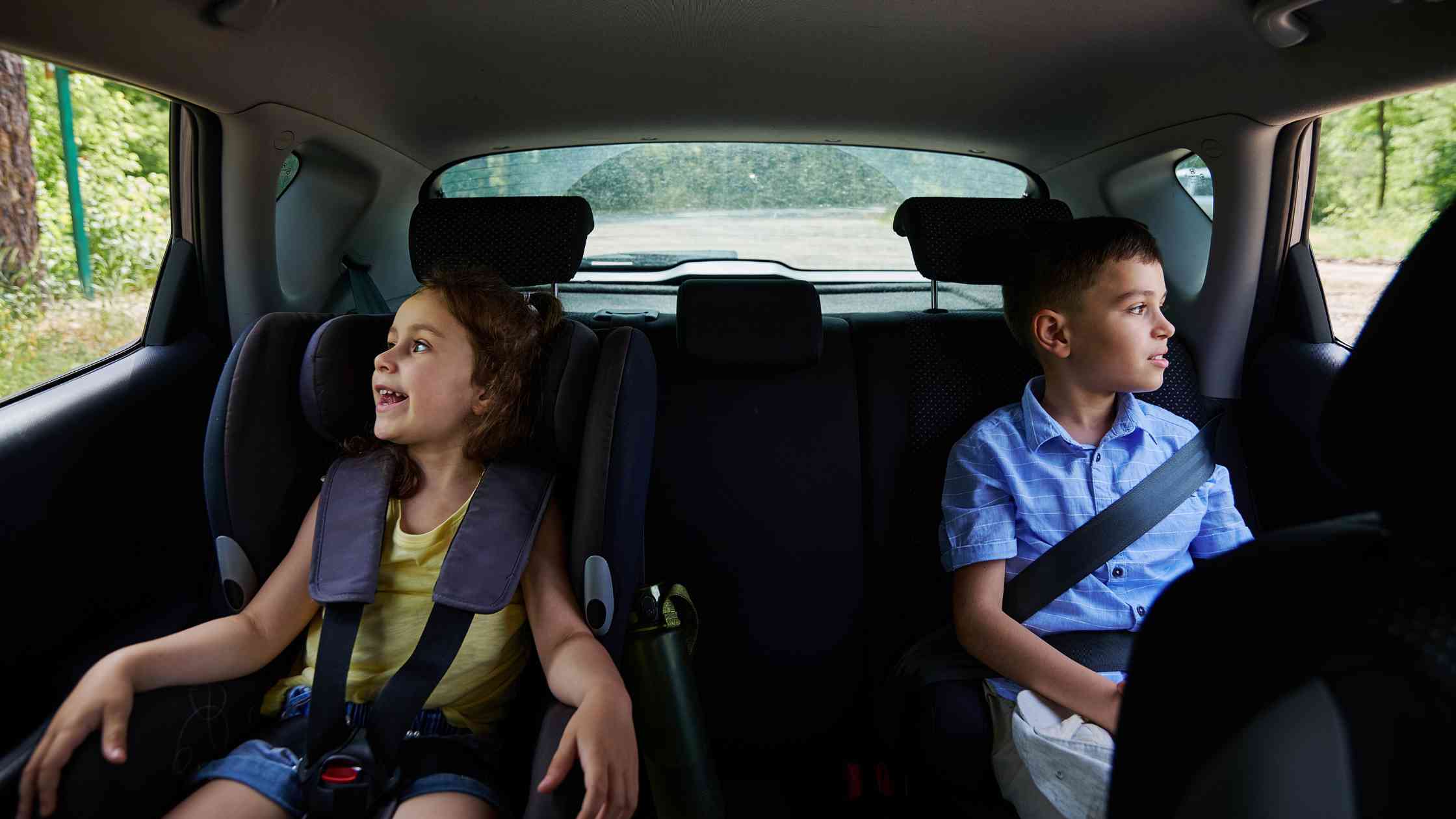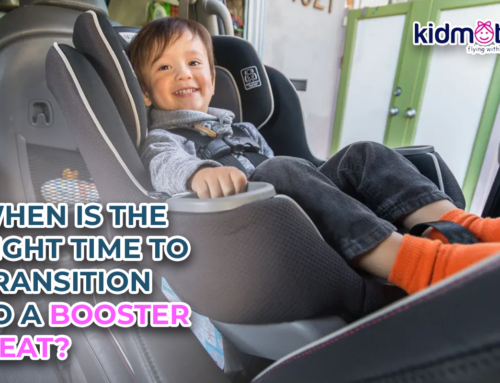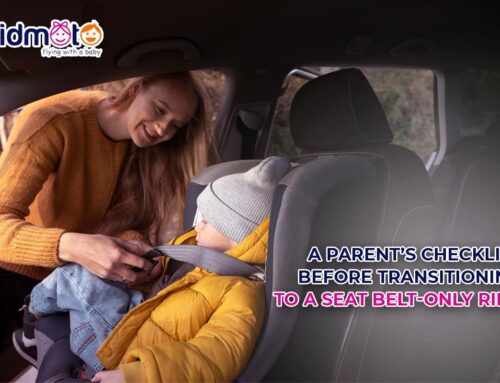Booster Seat vs. Car Seat: Understanding the Differences and Choosing the Right Option for Your Child
To ensure the safety of young passengers in vehicles, booster seats, and car seats are indispensable tools. However, many parents may not completely understand the disparities between these two types of child restraints. This article will examine the variances between boosters and car seats, empowering parents to make well-informed decisions about which option best suits their child’s needs.
Understanding Booster Seats and Car Seats

Booster seats are designed for children who have outgrown their forward-facing car seats but are not yet tall enough to use the vehicle’s seat belt safely. There are two main types of booster seats: high-back boosters and backless boosters. High-back boosters provide additional support for the child’s head and neck, while backless boosters simply elevate the child to the appropriate height to ensure proper seat belt fit. Car seats, also known as child safety seats, are designed to protect infants and young children optimally in a collision. Convertible car seats with a harness can be used for both rear-facing and forward-facing seats. These seats have features such as side-impact protection and adjustable harness systems to keep children secure and comfortable.
Differences Between Booster Seats and Car Seats

1. Purpose
Car seats are designed to protect infants and young children, while booster seats are intended to position older children properly so the vehicle’s seat belt fits them correctly.
2. Age and Size Requirements
Car seats are typically used from birth until a child outgrows the seat’s height or weight limits, ranging from infancy to around 65 pounds. Booster seats are generally used for older children who have outgrown their car seats, typically starting around ages 4-8 and lasting until the child is tall enough to use the vehicle’s seat belt without a booster.
3. Installation
Car seats often require more complex installation procedures, including using the LATCH system or seat belt to secure the seat to the vehicle. Booster seats, especially backless ones, are usually much more straightforward to install and can be easily transferred between vehicles.
4. Design Features
Car seats typically feature a harness system to secure the child in place, along with additional padding and side-impact protection. Booster seats do not have a harness and rely solely on the vehicle’s seat belt to restrain the child.
Choosing the Right Option

When deciding between a booster seat and a car seat, it’s essential to consider factors such as the child’s age, weight, and height, as well as the vehicle you drive and your specific needs. If your child has outgrown their car seat but is not yet tall enough to use the seat belt alone, a booster seat is the appropriate choice. However, if your child is still within a car seat’s height and weight limits, it’s best to continue using that option for maximum safety.
When to Switch to Booster Seats

Determining when to transition from a car seat to a booster seat is a significant consideration for parents. As a general guideline, children should remain in a car seat with a harness until they outgrow its height or weight limits, typically around the age of 4 or until they reach the manufacturer’s specified limits. After this point, when a child is developmentally ready and meets the height and weight requirements, switching to a booster seat is appropriate. However, it’s crucial to ensure that the child can sit properly in the booster seat, with their back against the vehicle seat and knees bending comfortably at the edge of the seat cushion. Moving at the right time ensures the child receives protection and support while traveling in the vehicle.
Both booster seats and car seats play critical roles in keeping children safe while traveling in vehicles. By understanding the differences between these two types of child restraints and choosing the option that best meets your child’s needs, you can ensure their safety on the road. Whether you choose a booster seat or a car seat, prioritizing proper restraint and adherence to safety guidelines is essential for child safety.






